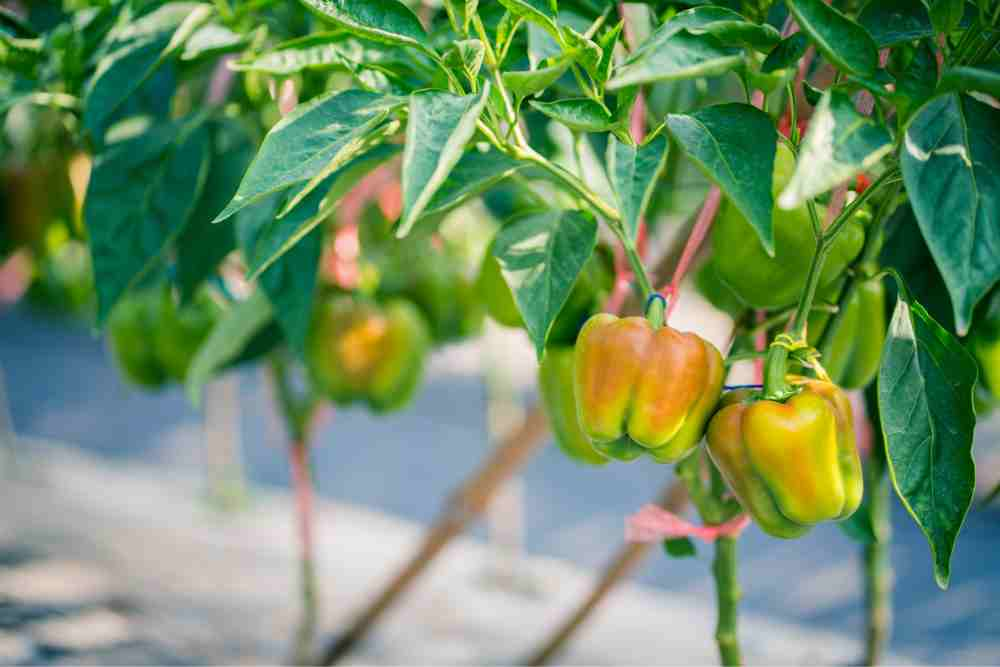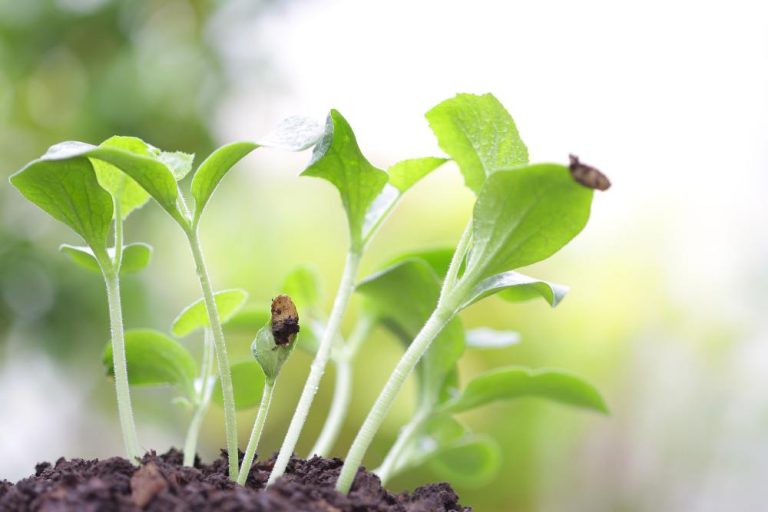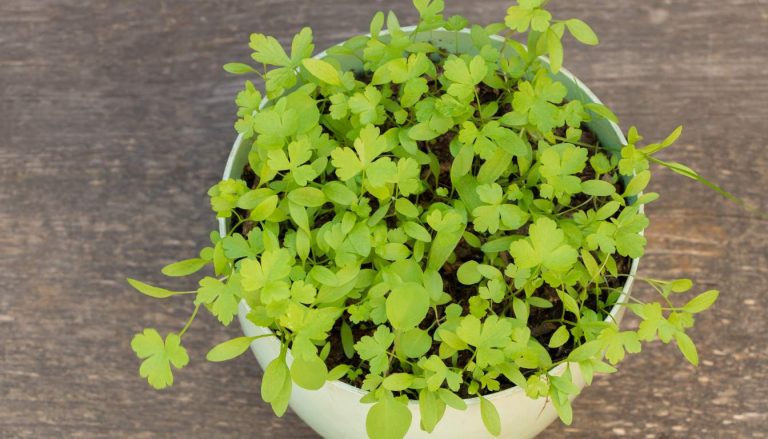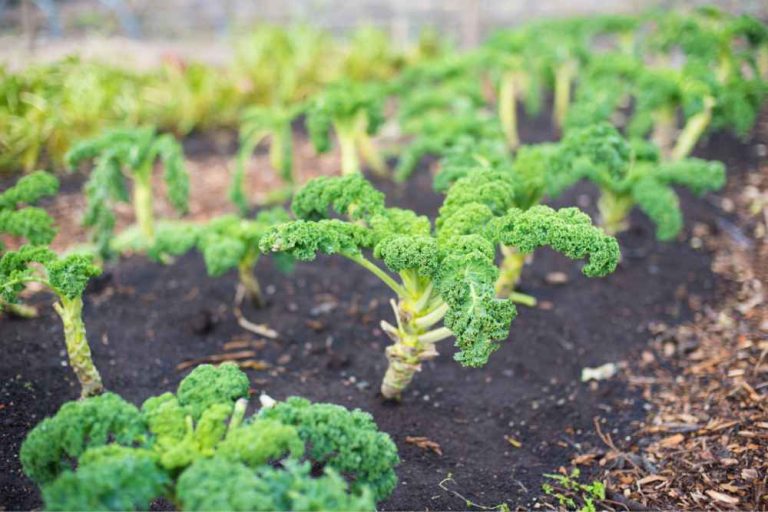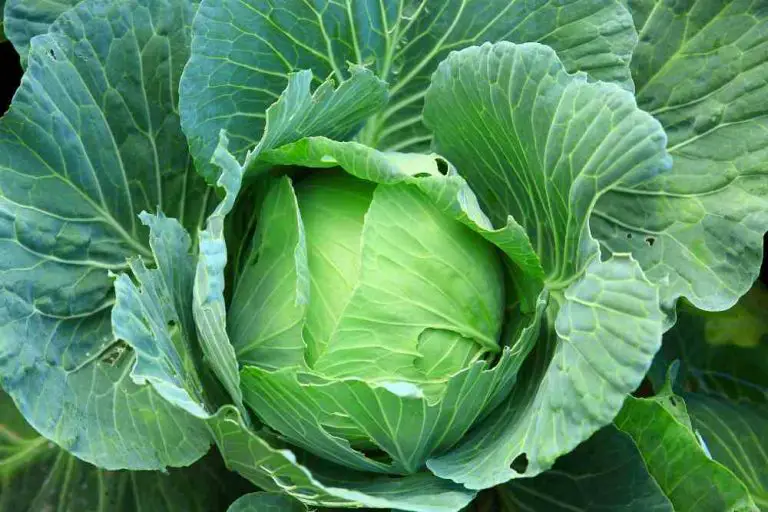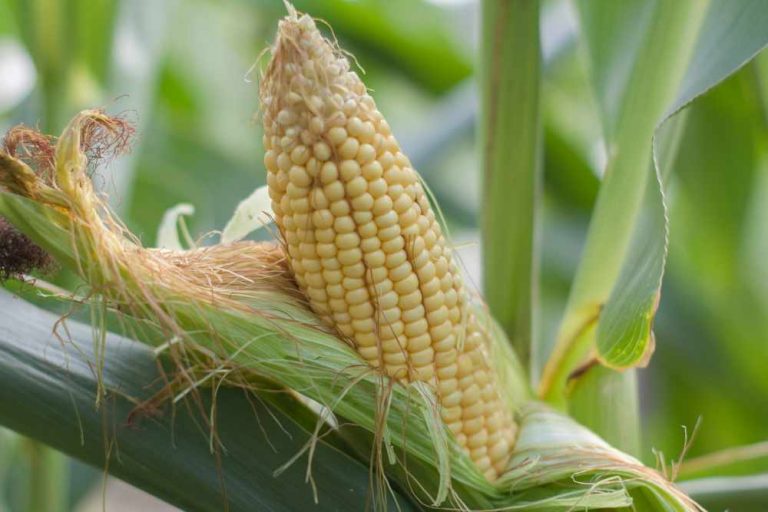A Complete Guide to Growing Bell Peppers: Tips and Tricks
Bell Peppers are popular vegetables because there are so many varieties available from sweet to very hot. Bell peppers are tropical plants grown as warm-season annuals here. Peppers are relatively easy to grow and harvest. They are often harvested in the immature green stage for use in salsas, salads, stuffing, roasting, and for added flavor in many cooked dishes. Most peppers ripen slowly to red or other colors at their maturity. They offer many possibilities for adding value through drying or processing.
Growing bell peppers from seed is a rewarding experience that can provide you with fresh, flavorful peppers all summer long.
Growing Bell Peppers in the Garden
Site Selection
Peppers thrive when temperatures are warm. Ideal temperatures are 70F to 80F during the day and 60F to 70F at night. Before planting peppers outdoors, it’s important to be absolutely certain that the chance of frost is long gone.
A frost will either inhibit pepper growth, kill the plants altogether, or leave you with bare plants. Pepper plants should be placed in the soil 46-60 cm. These plants will enjoy being planted near your tomato plants. The soil should be well-drained and amended before you put them into the ground. Healthy pepper plants produce peppers throughout late summer.
Plant peppers where you’ve recently grown other members of the nightshade families like tomatoes, potatoes, or eggplants.
You can grow bell peppers outdoors or in a greenhouse in a very warm, sunny sheltered spot. In beds or rows, Several weeks before planting, work the soil 8 to 10 inches deep and rake it several times to break up the large clods. The best spacing for most bell pepper plants is 18 to 24 inches apart.
Planting
Plant seeds about 1⁄4-inch deep. Even though peppers can tolerate slightly alkaline conditions near 7.5 they grow best in soil with a pH between 6.2 and 7.0. For in-ground gardens, mix several inches of compost Soil with the top layer of the existing soil. A lavish amount of organic matter helps the soil retain moisture.
Moist soil is crucial for good bell pepper production. Raised beds provide excellent drainage and an ideal environment for root growth. When you are planting peppers, be sure to put a few inches of mulch down around each bell pepper plant because it helps keep the soil cool and moist.
You can begin to harden off plants about 10 days before transplanting outdoors. Transplanting should be done 2 to 3 weeks after the threat of frost has passed in the spring. Once nighttime temperatures reach16oC, you can transplant seedlings outdoors, spacing them 18 to 24 inches apart.
Since the stems may become more susceptible to rot, plant the transplants no deeper than they were already planted in their pots. Since peppers are very sensitive to cool temperatures, the soil temperature should be at least 16oC at the time of planting. To speed up the warming of the soil cover it with black plastic or dark mulch about a week before you intend to plant.
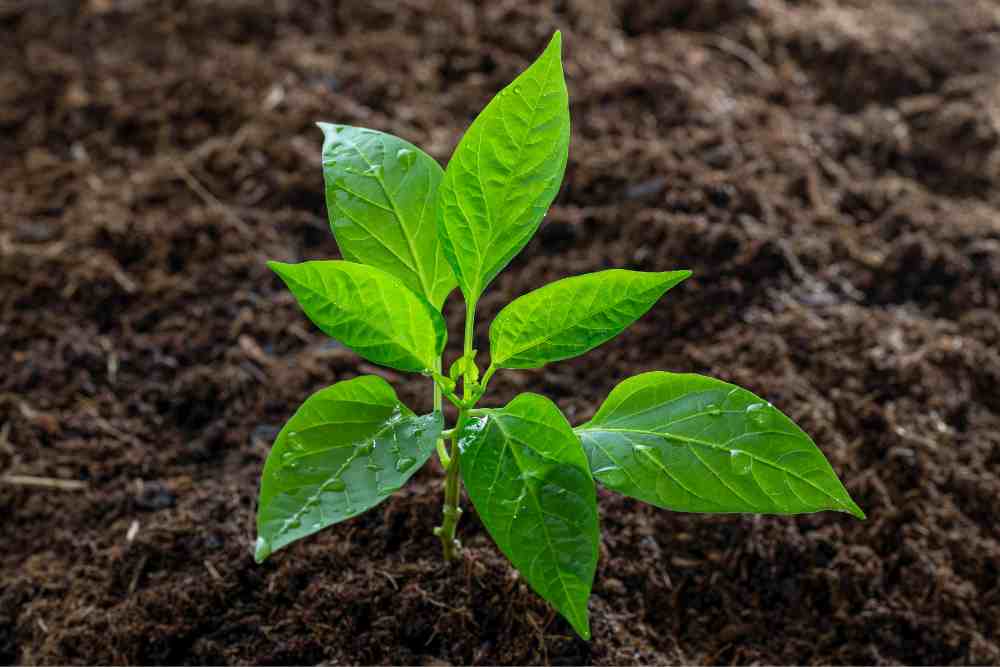
If you are growing in a container – choose a large container – 30cm or more – and good quality potting compost. As well as they can also be planted in growing bags or in open ground. Move young pepper plants into their final container in late April if you are growing them in a heated greenhouse, mid-May if they are in an unheated greenhouse, or late May if peppers are growing outside. Bell pepper plants are tender, so only move them outside once all risk of frost is past.
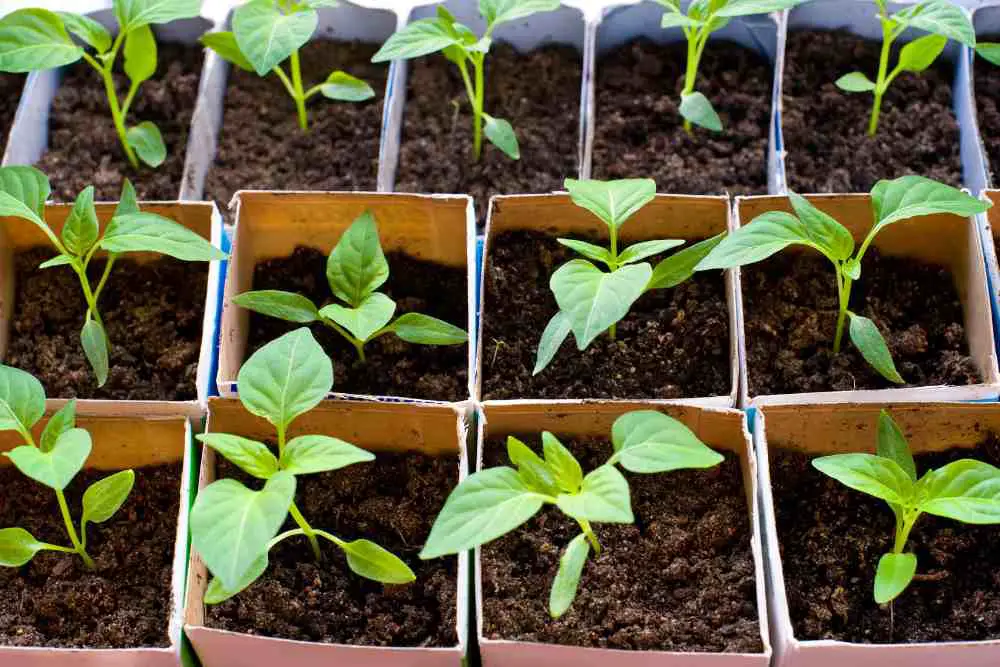
To encourage branching, pinch out the growing tips when plants are about 20cm tall, which should lead to more fruit. The shoots forming between the main stem and leaves can be further pinched back to get more but smaller fruits. You need to stake plants if they produce a heavy crop of large peppers. Water regularly and feed with a high potash liquid fertilizer (such as tomato feed) once the first fruit has been set.
Harvesting
As peppers require tracking where harvest has occurred to maximize efficiency and minimize loss, therefore harvest of pepper is systematic. Inspect each plant for mature fruit by gently moving branches and leaves to reveal hidden peppers. The first peppers should be ready 8 to 10 weeks after transplanting once they are 3 to 4 inches (7.6 to 10 cm.)
Most peppers ripen from green to red, but other colors, including yellow, orange, and purple, are available. If bell peppers are allowed to ripen on the plant, they will be higher in vitamin content and sweeter. As the branches of peppers are often brittle be careful when breaking the peppers from the plants.
You can use a sharp knife, hand clippers, scissors, or pruners can be used to cut peppers from the plant to avoid excessive stem breakage. Wash your hands or use gloves immediately when harvesting hot peppers to prevent burning skin. You should avoid touching your mouth and eyes after harvesting peppers so the capsaicin oil doesn’t burn these sensitive areas.
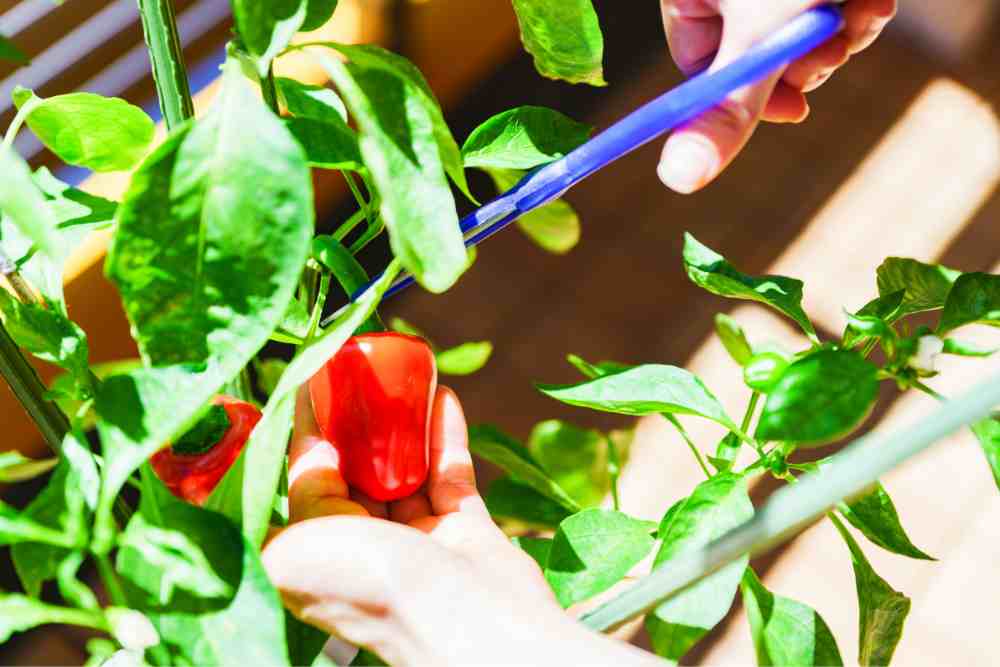
The number of bell peppers per plant varies with the variety. Bell pepper plants may produce six to eight or more pepper fruit per plant.
Peppers have a short storage life of only one to two weeks. Harvested peppers begin to change color and will often continue to ripe when keep in a warm room indoors for up to 3 days. If they haven’t yet begun to change color, but are full size, you can eat them green. Cool, moist conditions (45F to 50F and 85 to 90 % relative humidity) are ideal for storing peppers. Another option for you is to wash, cut, and freeze the peppers.
Care During The Season
Hoe or till the soil lightly. Deep tilling will cut the bell pepper roots and slow growth. Pull by hand any weeds that are close to the pepper plants. After the first bell pepper fruit begins to enlarge, you can place about 2 tablespoons of fertilizer around each plant about 6 inches from the stem. Water the plant after adding the fertilizer. It will increase the yield and the quality of the peppers.
Pests and Diseases
Before you select a variety and plant, look up common pests and diseases that affect the bell pepper crops in your area.

- Aphids
- Look for colonies of greenflies on the soft shoot tips of plants or on leaves. They suck sap and excrete sticky honeydew which encourages the growth of black sooty moulds. Using your finger and thumb squash aphid colonies or you can control them using the biological control method in your greenhouse.
- Glasshouse Red Spider or Two-Spotted Mite
- Leaves become mottled, covered in webbing, and pale, on which the mites can be clearly seen. Leaves drop prematurely. They thrive in hot, and dry conditions, therefore mist plants regularly. Use biological control measures in your greenhouse.
- Cucumber Beetle
- Western spotted cucumber beetle/ Diabrotica undecimpunctata undecimpunctata/ Western striped cucumber beetle/Acalymma trivittatum: feed on foliage and fruit calyxes.
- Tomato Spotted Wilt Virus (TSWV)
- Symptoms are varying with the stage of growth infected, other viruses, the cultivar, and environmental conditions, but typical symptoms include spotting, bronzing, dying leaves, and ringspots on fruit. Affected fruit is not marketable.
- 29 Bucket Gardening Ideas for a Lush, Compact Garden - October 30, 2024
- 20+ Chic Boho Bedroom Ideas for a Cozy and Stylish Retreat - June 20, 2024
- 12+ Modern Boho Living Room Ideas to Create a Unique Oasis - June 10, 2024

